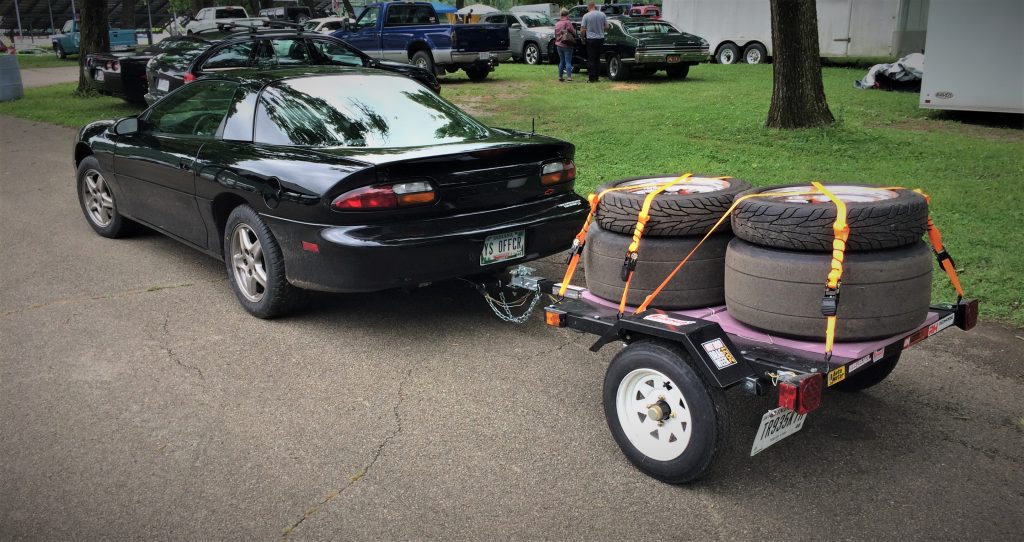You’ve got questions. We’ve got the answers—the Summit Racing tech department tackles your automotive-related conundrums. This week, we’re discussing whether it’s best to run tubes, or tubeless racing slicks.
Q: Should I always run tubes in my race slicks? What are the advantages of running tubeless slicks and what guidelines should I follow when deciding what’s best for me?
B.W. West Palm Beach, FL

A: This is an age-old argument with plenty of strong opinions on both sides. So we decided to turn to the experts at Mickey Thompson for the pros and cons of using racing tubes. According to Mickey Thompson, the decision should be based on safety and performance, not cost. With that in mind, they’ve outlined five important considerations when choosing between tubes or tubes.
Air retention: Tube-type tires are not guaranteed to hold air without a tube. If a tube-type tire leaks, that does not necessarily mean it’s defective. Tubeless tires use a liner molded into the carcass for air retention. This liner is usually omitted from racing tires, primarily for weight purposes. Bottom line is air leakage can adversely affect the performance of the tire, lead to premature wear, and cause inconsistency on the dragstrip.
Consistency: A tube helps eliminate leaks and maintain consistent air pressure. Therefore, if consistency is the primary goal, as in bracket racing, a tube is always recommended.
Strength: The use of tubes makes the tires package more robust. This really comes into play with heavier vehicles running smaller tires. Because of this, they can extend the life of the tire saving money in the long run.
Weight & performance: Tubeless tires offer an advantage in heads-up racing. When a car competes in a heads-up class, unsprung weight is an important factor. This is especially true when it comes to a limited power combinations such as naturally aspirated engines. One pound of “unsprung” weight is equal to eight pounds of “sprung” weight. Based on that, every 12 pounds of unsprung weight removed may gain as much as .01 seconds in quarter mile ET. Since tubes provide added unsprung weight, heads-up racers can benefit from running tubeless tires but will need to monitor air pressure closely between rounds.
Safety: At a racetrack you must check air pressure regularly. This is important to maintain performance and to ensure pressures are not too low. Low pressure can be dangerous. Never run tube-type tires on the street without a tube. Leakage and prolonged heat build up can lead to tire failure, serious injury, or death.

What about using low air pressures and letting the tires wrinkle at launch? Will that cause issues with tubes moving, getting pinched or premature wear?
At low pressures your rims can rotate in the tires at launch and rip out the valve stims. I drill holes around the circumference of the rim at the bead and insert screws of the proper length to secure the tires from slipping. Old school!
Drag tubes are designed to take the punishment of the tire wrinkle be sure to screw the tire to the rim
Is there a car weight for using tubes in rear slicks